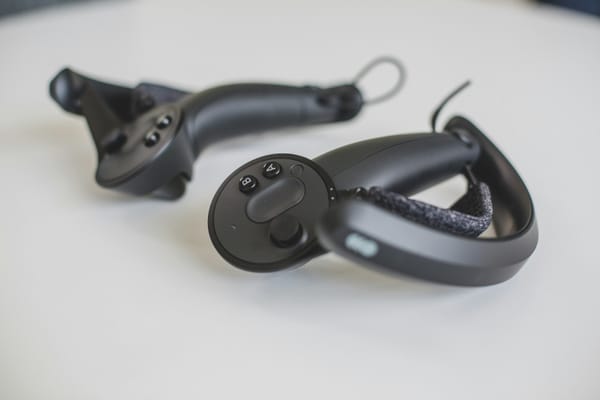19 Best Use Cases of Virtual Reality Therapy
Explore transformative healing with virtual reality therapy. Immerse yourself in innovative mental health solutions for a brighter, balanced life
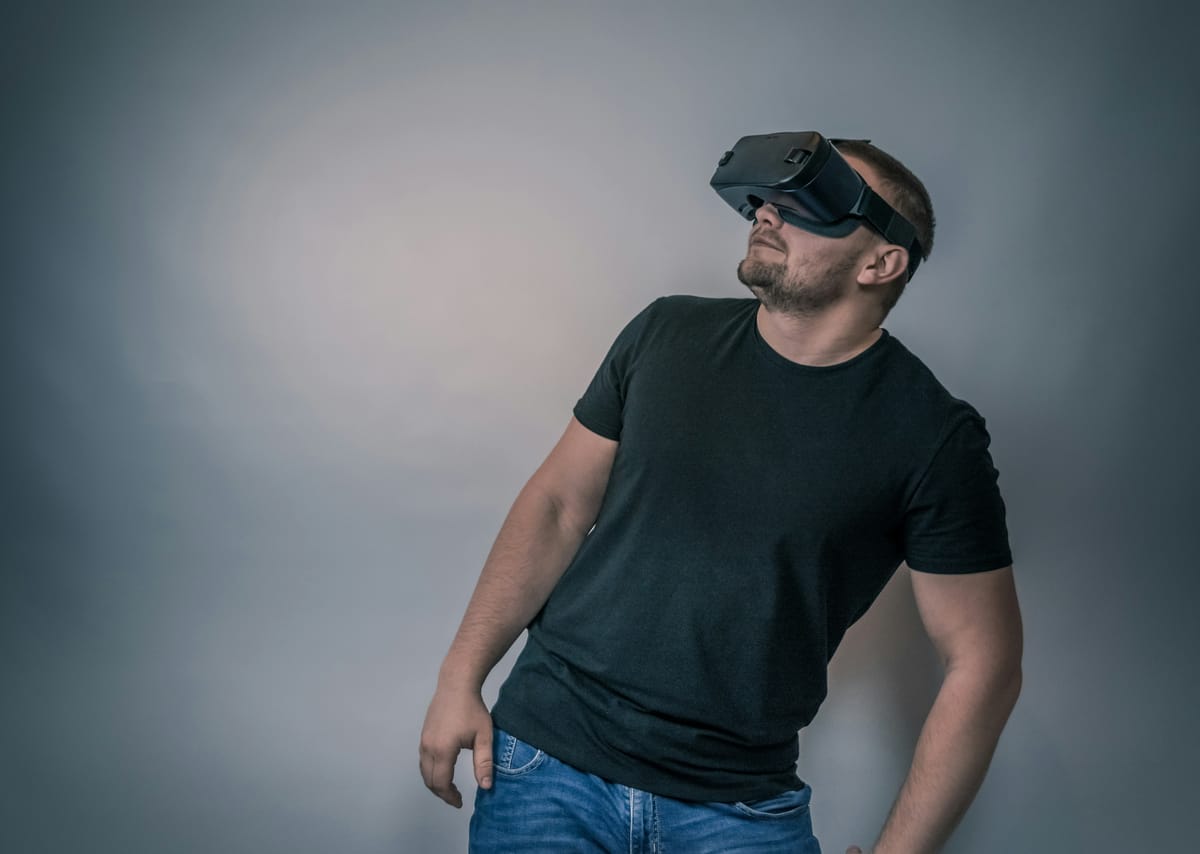
Step into the innovative world of Virtual Reality Therapy, where cutting-edge technology merges with mental health treatment. Explore the transformative effects of virtual environments on psychological well-being and the therapeutic potential of immersive experiences. Dive into the realm of Virtual Reality Therapy to discover how this virtual workspace revolutionizes traditional approaches to healing, offering a new horizon of possibilities for mental health care.
Table of Contents
- What Is Virtual Reality Therapy?
- 19 Best Use Cases of Virtual Reality Therapy
- Complete Step-by-Step Guide On How To Use Fluid's Free Apple Vision Pro Alternative for Meta Quest
- Benefits of Using Virtual Reality Therapy for Mental Health Issues
- Get The Apple Vision Pro Experience for A Fraction of The Cost With Fluid
What Is Virtual Reality Therapy?
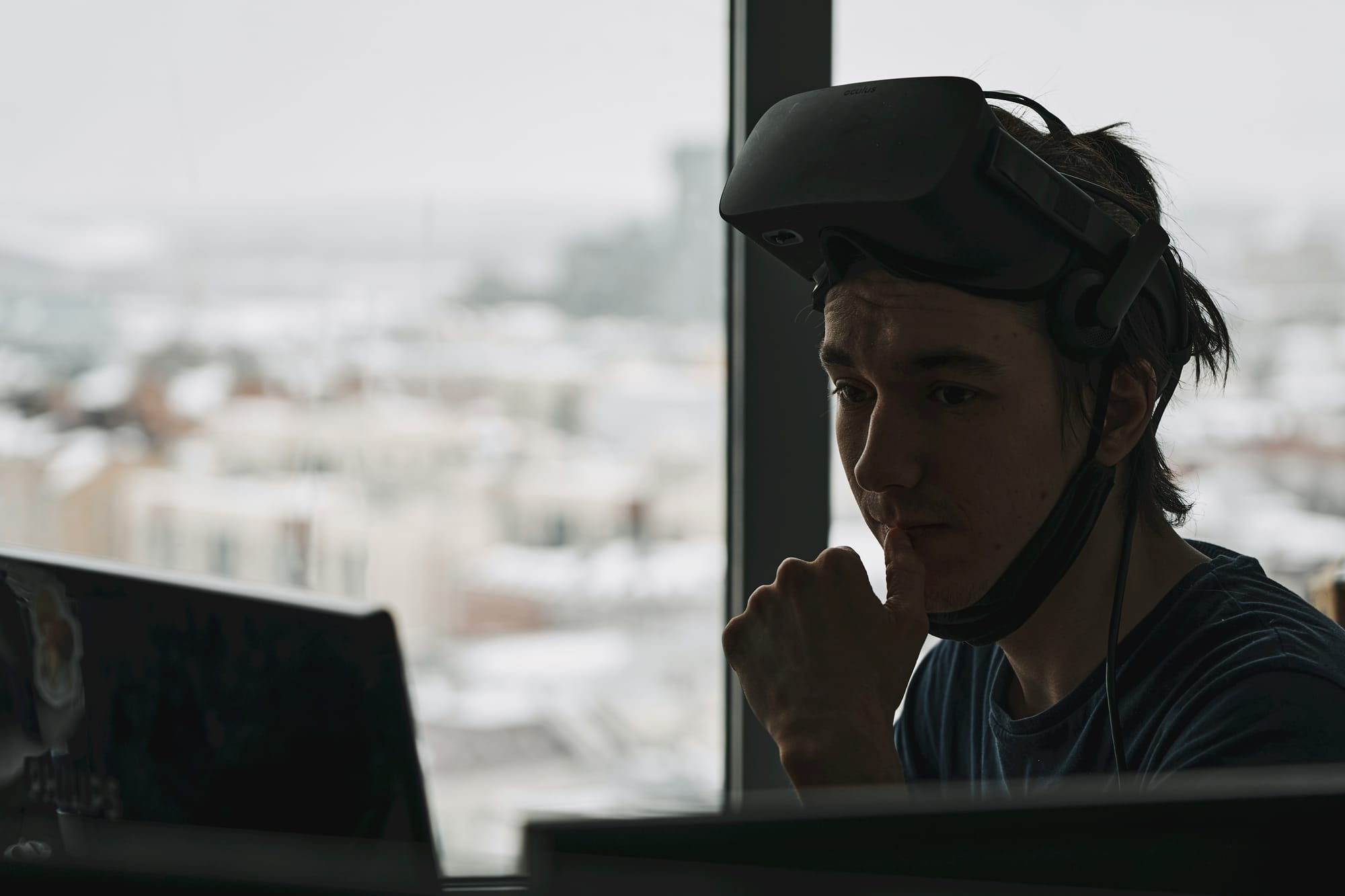
Virtual Reality Therapy, also known as VR Therapy, is a cutting-edge form of therapeutic treatment that utilizes immersive virtual reality technology to simulate real-life environments and experiences for therapeutic purposes. This innovative approach allows individuals to engage in immersive experiences that can help treat a variety of psychological and physical conditions, such as anxiety disorders, phobias, PTSD, pain management, and more.
By leveraging the power of virtual reality, therapists can create safe and controlled environments where patients can confront and manage their fears, traumas, or challenges in a realistic yet controlled manner.
The Potential of Virtual Reality Therapy in Mental Health Treatment
Virtual Reality Therapy has shown great promise in the field of mental health treatment, offering a unique and effective way to address various psychological issues. Through exposure therapy in virtual environments, individuals can gradually confront and overcome their fears and anxieties in a safe and controlled setting.
This immersive approach can help patients develop coping mechanisms, build resilience, and improve their overall mental well-being. Virtual Reality Therapy can be personalized to meet the specific needs and goals of each individual, making it a versatile and adaptive treatment option.
The Benefits of Virtual Reality Therapy
Virtual Reality Therapy offers a multitude of benefits for both patients and therapists. For patients, it provides a safe and controlled environment to confront their fears and challenges, leading to improved emotional regulation and coping skills. The immersive nature of Virtual Reality Therapy can also enhance engagement and motivation, making the therapy process more effective and enjoyable.
From a therapist's perspective, virtual reality technology allows for precise control over the therapeutic process, enabling them to tailor treatment interventions to each patient's needs.Virtual Reality Therapy can offer therapists valuable insights into their patients' reactions and progress, leading to more effective treatment outcomes.
Fluid Allows You to Turn Your VR Headset into a Spatial Computer
Fluid allows you to create a flexible workspace in XR on the Meta Quest. With Fluid, you can place big screens anywhere in augmented reality. Fluid enables flexible workspaces and entertainment, cloud gaming, and much more. The most game-changing feature of all: Fluid allows you to create a virtual workstation with VR/AR using the Meta Quest, with virtually any screen size. You can create your own $5,000+ work setup in VR/AR, and take it wherever you’d like to.
Fluid solves remote working and remote work collaboration, long-distance relationships, remote teams, small startups with distributed co-founders, gamers that want a portable VR/AR gaming set, students, and much more. Turn your VR headset into a spatial computer for free today with Fluid. Break free from physical screens, watch content on a big screen from anywhere, get into a deep flow state by being immersed in your work, and create a flexible workspace anywhere with Fluid.
Related Reading
- Vr Workplace
- Augmented Reality In The Workplace
- Vr Work From Home
- Vr Design
- Vr Training
- Vr Programs
- Vr In Business
- Vr Marketing
- Vr Conferencing
- Vr Meetings
- Virtual Reality Business Applications
19 Best Use Cases of Virtual Reality Therapy
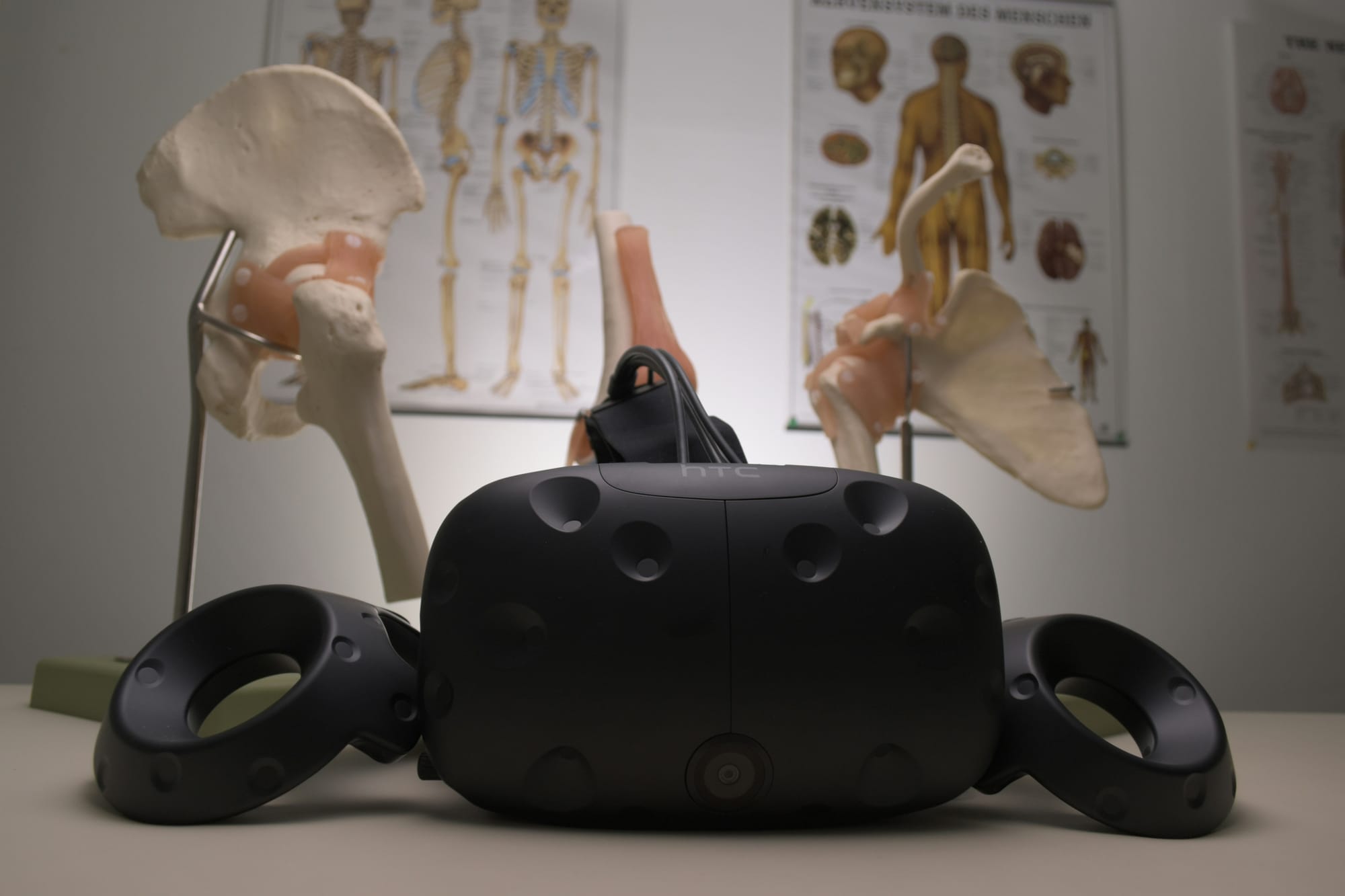
1. Enhancing Exposure Therapy
Virtual Reality Therapy provides a safe and controlled environment for individuals to face their fears gradually, such as heights, flying, or public speaking, by simulating realistic scenarios. This exposure therapy is highly effective in treating phobias, PTSD, and anxiety disorders.
2. Pain Management and Distraction
Virtual Reality Therapy is utilized as a non-pharmacological method to manage pain by distracting patients during medical procedures or chronic pain episodes. The immersive experience helps reduce the perception of pain by redirecting the patient's focus.
3. Rehabilitation and Motor Skills Improvement
Patients recovering from strokes, accidents, or surgeries can benefit from Virtual Reality Therapy to improve motor skills, coordination, and cognitive functions. Customized exercises and simulations enable targeted rehabilitation in a stimulating and engaging manner.
4. Social Skills Training
Individuals with autism spectrum disorders or social anxiety can practice social interactions, communication, and emotional recognition in a controlled virtual environment. Virtual Reality Therapy offers a safe space for repeated practice and feedback.
5. Stress and Anxiety Reduction
Virtual reality therapy offers relaxation techniques, mindfulness exercises, and guided meditations in serene virtual environments to help individuals manage stress, anxiety, and improve overall mental well-being.
6. PTSD Treatment for Veterans
Veterans suffering from post-traumatic stress disorder (PTSD) benefit from Virtual Reality Therapy to revisit and process traumatic experiences in a controlled setting. This therapy helps reduce symptoms, triggers, and improves quality of life.
7. Phobia Treatment for Children
Virtual Reality Therapy is particularly effective for treating phobias in children by providing a playful and interactive environment to gradually confront their fears. This approach is more engaging and less intimidating for young patients.
8. Cognitive Behavioral Therapy
Virtual Reality Therapy enhances traditional cognitive behavioral therapy by immersing patients in realistic scenarios to challenge negative thoughts, behaviors, and beliefs. This interactive approach facilitates faster progress and deeper insights.
9. Anger Management
Individuals struggling with anger issues can benefit from Virtual Reality Therapy to practice emotional regulation, coping strategies, and conflict resolution skills in various simulated scenarios. This therapy helps foster healthier responses to triggers.
10. Addiction Recovery Support
Virtual Reality Therapy aids individuals in addiction recovery by offering exposure to triggering situations, relapse prevention strategies, and coping mechanisms in a safe virtual environment. This immersive approach complements traditional therapy.
11. Pain Distraction for Pediatric Patients
Children undergoing painful medical procedures can benefit from Virtual Reality Therapy as a distraction technique. Engaging games, interactive stories, and virtual adventures help alleviate distress and enhance the overall experience for young patients.
12. Mindfulness and Relaxation Training
Virtual Reality Therapy provides guided mindfulness sessions, breathing exercises, and relaxation techniques in tranquil virtual settings. This immersive experience promotes mental clarity, stress reduction, and emotional balance.
13. Virtual Support Groups
Virtual Reality Therapy enables individuals facing similar challenges, such as chronic illnesses, to connect in supportive virtual environments. These virtual support groups offer empathy, understanding, and shared experiences for enhanced emotional well-being.
14. Performance Anxiety Management
Athletes, performers, and public speakers can benefit from Virtual Reality Therapy to practice and improve performance skills in simulated high-pressure scenarios. This approach helps reduce performance anxiety and enhances confidence.
15. Parenting Skills Training
Virtual Reality Therapy offers parents the opportunity to practice effective parenting strategies, communication techniques, and conflict resolution skills in realistic family scenarios. This training enhances parental confidence and improves family dynamics.
16. Work-Life Balance Coaching
Virtual Reality Therapy provides coaching sessions on stress management, time management, and boundary setting to help individuals achieve a healthy work-life balance. Immersive scenarios simulate work challenges and personal responsibilities for guided practice.
17. Emotional Regulation for ADHD
Individuals with Attention-Deficit/Hyperactivity Disorder (ADHD) benefit from Virtual Reality Therapy to practice emotional regulation, impulse control, and focus enhancement in engaging virtual simulations. This therapy aids in improving self-management skills.
18. Grief Counseling and Support
Virtual Reality Therapy offers grief counseling and support services in virtual settings to help individuals navigate the stages of grief, process loss, and find closure. This immersive approach provides a safe space for expression and healing.
19. Self-Esteem and Body Image Improvement
Virtual Reality Therapy assists individuals in building self-esteem, positive body image, and confidence through guided self-reflection, affirmations, and self-compassion exercises in empowering virtual environments.
Fluid's XR Workspace on Meta Quest Redefining Remote Work and Entertainment
Fluid allows you to create a flexible workspace in XR on the Meta Quest. With Fluid, you can place big screens anywhere in augmented reality. Fluid enables flexible workspaces and entertainment, cloud gaming, and much more. The most game changing feature of all: Fluid allows you to create a virtual workstation with VR/AR using the Meta Quest, with virtually any screen size. You can create your own $5,000+ work setup in VR/AR, and take it wherever you’d like to.
Fluid solves remote working and remote work collaboration, long distance relationships, remote teams, small startups with distributed cofounders, gamers that want a portable VR/AR gaming set, students, and much more. Turn your VR headset into a spatial computer for free today with Fluid. Break free from physical screens, watch content on a big screen from anywhere, get into a deep flow state by being immersed in your work, and create a flexible workspace anywhere with Fluid.
Complete Step-by-Step Guide On How To Use Fluid's Free Apple Vision Pro Alternative for Meta Quest
Watch these videos to learn more about what Fluid is:
Watch this step-by-step guide to learn how to use Fluid's Free Apple Vision Pro Alternative for Meta Quest:
Related Reading
- Virtual Reality In Healthcare
- Virtual Reality In The Classroom
- Virtual Reality In Architecture
- Teams Vr
- Working In Vr
- Vr Collaboration
- Vr Educational Apps
- Vr Data Visualization
- Virtual Reality Presentation
- Vr Prototyping
- Enterprise Virtual Reality
- Immersed Vs Virtual Desktop
- Vr Productivity Apps
- Virtual Reality For Training Employees
- Benefits Of Virtual Reality In Business
Benefits of Using Virtual Reality Therapy for Mental Health Issues
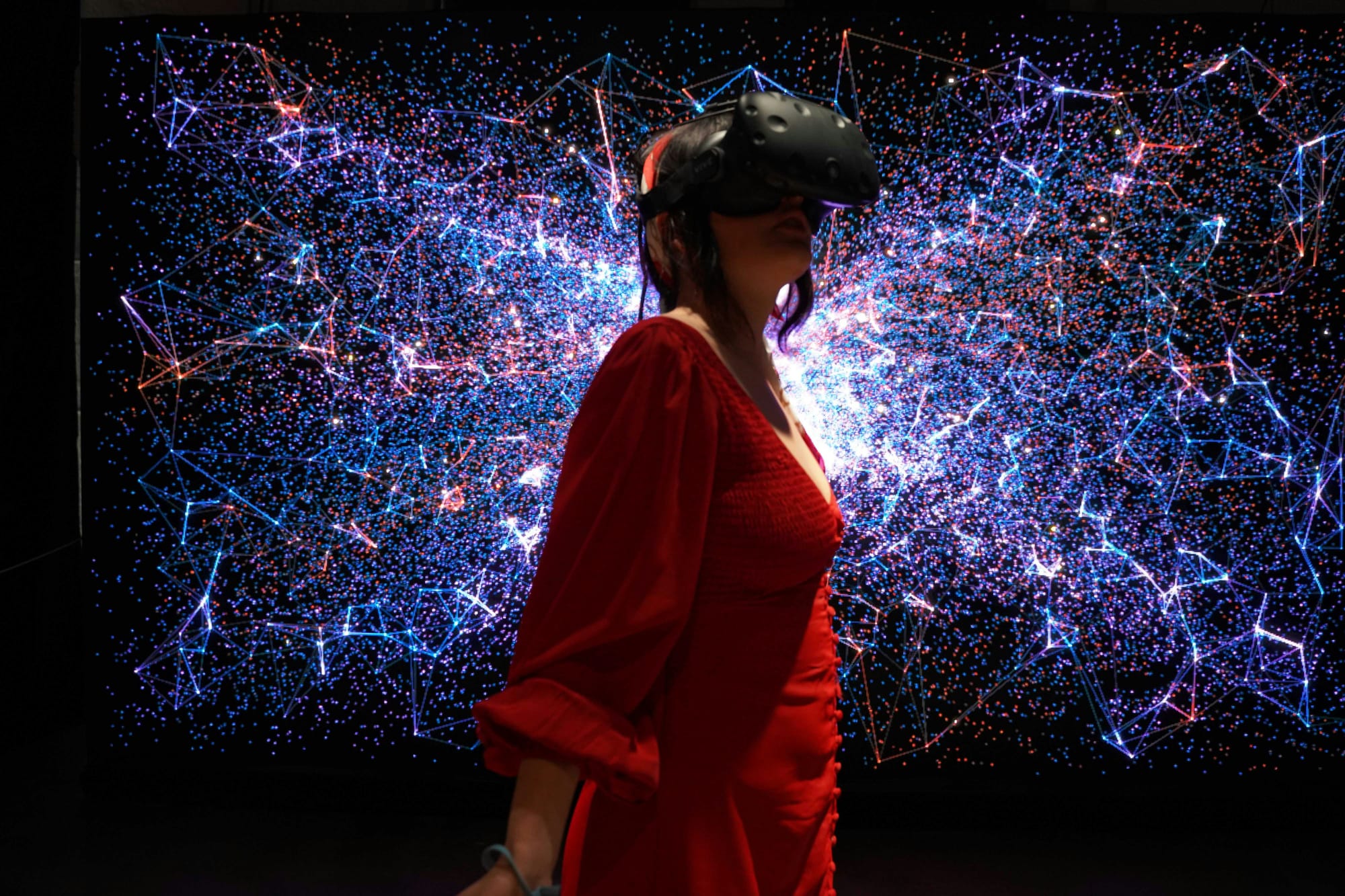
Virtual Reality Therapy (VRT) holds a promising future in the realm of mental health treatment, offering a range of benefits that traditional therapy methods may not fully encompass.
Immersive and Engaging Experience
One significant advantage of VRT is its ability to provide an immersive and engaging experience for individuals undergoing therapy. By entering a virtual environment, users can feel a sense of presence and interaction that can enhance the therapeutic process.
Exposure Therapy in a Controlled Environment
VRT allows individuals to undergo exposure therapy in a controlled and safe environment. This is particularly beneficial for individuals with phobias, PTSD, or anxiety disorders, as they can gradually confront their fears in a simulated setting before facing them in real life.
Customized and Personalized Treatment
Virtual reality environments can be tailored to suit the specific needs and preferences of each individual. Therapists can create scenarios that address the unique challenges of their clients, providing a more personalized and effective treatment approach.
Real-time Feedback and Monitoring
Through VRT, therapists can gather real-time data on their clients' responses and behaviors within the virtual environment. This feedback can help therapists track progress, adjust treatment strategies, and provide timely interventions as needed.
Enhancing Motivation and Engagement
The interactive nature of virtual reality can increase motivation and engagement in therapy sessions. Individuals may be more willing to participate actively in their treatment, leading to better outcomes and a more positive therapeutic experience.
Overcoming Physical Limitations
For individuals with physical disabilities or limitations that hinder access to traditional therapy settings, VRT offers a convenient alternative. Virtual reality can bridge the gap and provide mental health support to a wider range of individuals.
Reducing Stigma and Increasing Accessibility
Virtual reality therapy can help reduce the stigma associated with seeking mental health treatment. By offering a novel and tech-savvy approach to therapy, VRT may encourage more individuals to seek help and access the support they need.
Promoting Emotional Regulation and Coping Skills
VRT can aid in developing emotional regulation and coping skills by creating scenarios that challenge individuals to manage stress, anxiety, or other emotions in a controlled setting. This can empower individuals to apply these skills in real-life situations.
Virtual Reality Therapy presents a wealth of benefits for mental health treatment, offering a unique and innovative approach to therapy that has the potential to transform the field of mental health care.
Get The Apple Vision Pro Experience for A Fraction of The Cost With Fluid
Imagine a workspace where the boundaries of physical screens no longer confine you. With Fluid in XR on the Meta Quest, a whole new realm of possibilities opens up for work and entertainment. This groundbreaking feature allows you to create a flexible workspace in augmented reality, enabling you to place large screens anywhere in your virtual environment.
Tailoring VR/AR Workstations for Varied Needs
The true game-changing aspect of Fluid lies in its ability to transform your Meta Quest into a virtual workstation with VR/AR, offering the freedom to customize screen sizes to your preference. Whether you need a $5,000+ work setup or a spacious gaming environment, Fluid caters to diverse needs. Remote working and collaboration, maintaining long-distance relationships, facilitating remote teams, assisting small startups with distributed founders, empowering gamers with portable VR/AR gaming, aiding students – Fluid addresses a myriad of scenarios seamlessly.
Embracing the Future with Fluid's Spatial Computer Transformation
Today, you can revolutionize your VR headset into a spatial computer at no cost with Fluid. Break free from the confines of physical screens, immerse yourself in your work to achieve a deep flow state, and craft a dynamic workspace tailored to your preferences wherever you go. Embrace the future of work and entertainment with Fluid – the key to unlocking limitless possibilities in the realm of virtual reality therapy.
